
Is Jackson, Mississippi, the friendliest city on earth? Based on our experiences, yes it is.
Our introduction to Jackson started on a super note when our Couchsurfing host, Lizzie Wright Super Space Ship (her stage name) happened to be in New Orleans and gave us a ride from our hotel door straight to her house.
She kindly took us for lunch at Mama Hamil’s, a fine example of the flavours, fat and bounty of Southern cookin’. While choosing between turnip greens, creamed
 corn, chicken dumplings and ribs, Tom said hello to the man in the chef’s hat in the kitchen. This turned out to be Bob - the fourth generation of Southern cookin’. He introduced us to Mama (generation number three) and she introduced us to all her friends. I felt a bit bad on Lizzie as she had to go back to work, but we weren’t allowed to leave until we’d exchanged contact details with Mama and promised to track down her distant love, “Somewhere near that museum,” in London. We were presented with a bottle of homemade barbecue sauce and left stuffed full of incredible food and hospitality. I don’t think they get many folk from out of the country around these parts.
corn, chicken dumplings and ribs, Tom said hello to the man in the chef’s hat in the kitchen. This turned out to be Bob - the fourth generation of Southern cookin’. He introduced us to Mama (generation number three) and she introduced us to all her friends. I felt a bit bad on Lizzie as she had to go back to work, but we weren’t allowed to leave until we’d exchanged contact details with Mama and promised to track down her distant love, “Somewhere near that museum,” in London. We were presented with a bottle of homemade barbecue sauce and left stuffed full of incredible food and hospitality. I don’t think they get many folk from out of the country around these parts.My suspicions were confirmed as everywhere we went people met us with genuine interest. They wanted to know who we were, why we were in Jackson and wished us a good trip n’all. In a salsa class my painful footwork was quickly forgotten when I opened my mouth. A random guy who’d heard me in a coffee shop earlier stopped me in the street with a, “You gone and changed your pants,” introduction. And when we took our limping laptop to the local computer co-op, they have it a 'tweak', asked, “Where y’all from,” and let us go on our merry way without a fee.
Back home I might view such friendliness with suspicion - you just don’t do that in London. But having already met so many kind people in the States this was just taking it to the next level.
Sneaky Beans was the next level. The staff in this incredibly friendly coffee shop were fascinated by our trip and didn’t charge extra for a large, rather than small, tea, recognising that it was indeed only a bit of extra hot water. Such logic and charm. I’d seen the pants guy in here, Tom met the owner and chatted to most of the customers and a girl we’d met at a Zydepunks gig the night before buzzed over to say hello.
While I was blogging in Sneaky Beans Tom sneaked off for dinner. He came back beaming but looking a little confused. He’d just been bought dinner by the man in Lenny’s Subs. They’d just been chewing the fat over an Italian meat sub and when it came time to pay he just wouldn’t hear any of it.
Jackson is truly amazing. Free barbecue sauce, free tea, free computer fix, free dinner and so many genuinely friendly people. As the words of Lizzie’s latest song twinkle, “We love happy minutes!” and in Jackson every minute was happy. “Y’all come back now!”
Read more...











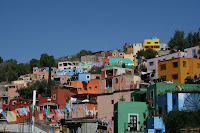






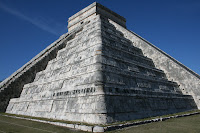
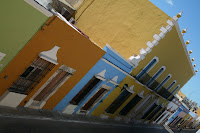








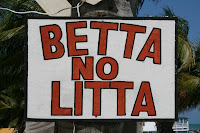




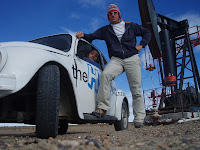.jpg)
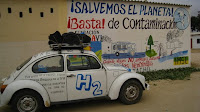.jpg)
.jpg)

